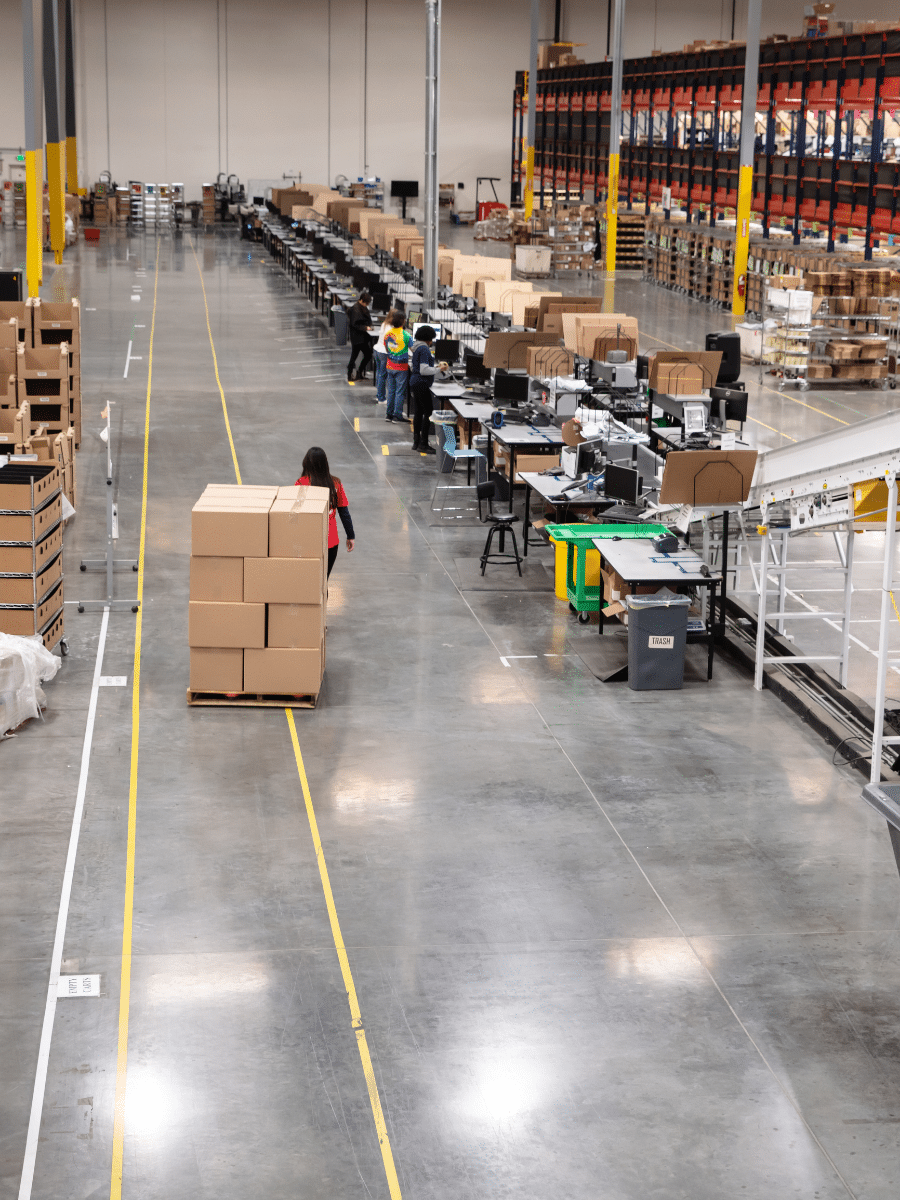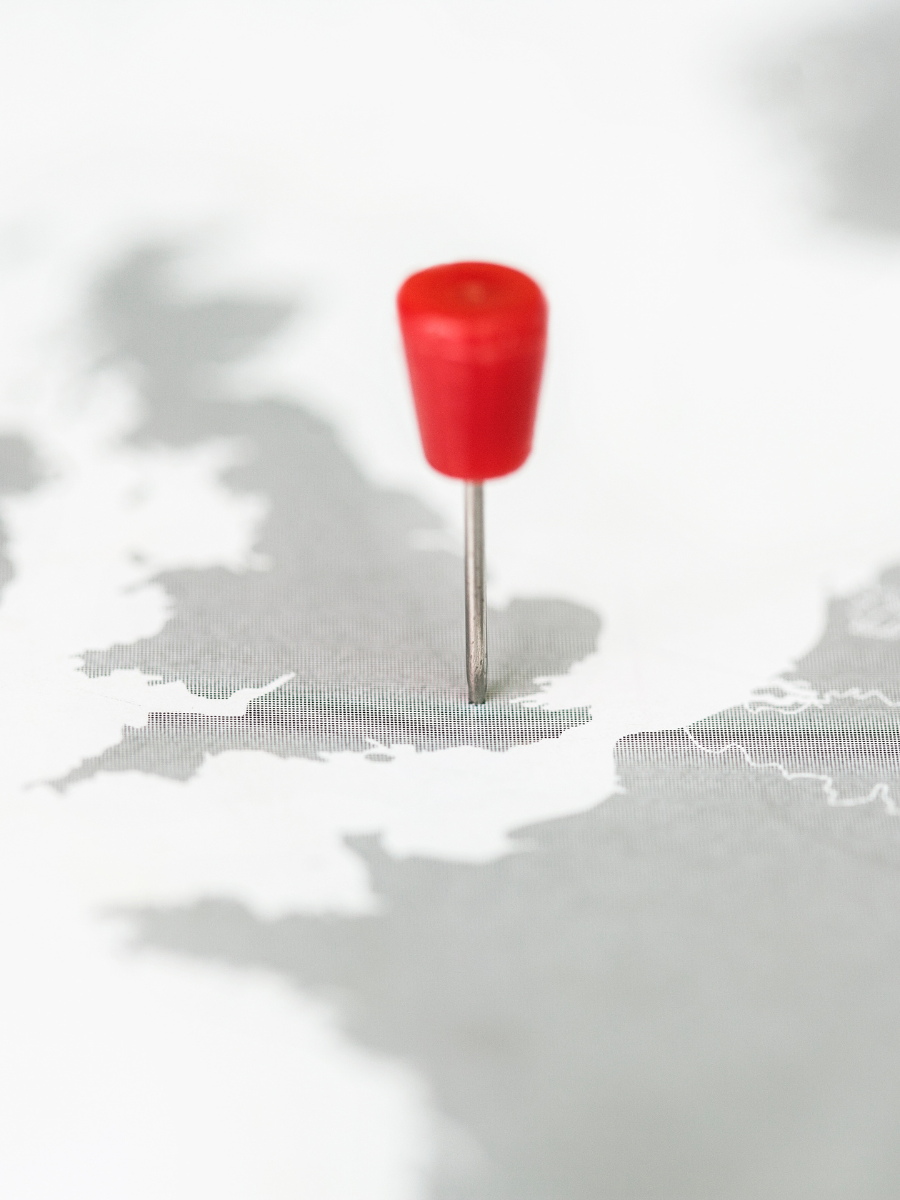In the expansive world of commerce, an intricate network of supply chains and warehouses quietly yet powerfully orchestrates the flow of goods. This behind-the-scenes realm, often unseen by the everyday consumer, is the vital pulse of global trade, ensuring that everything from our morning coffee to our latest tech gadgets reaches us seamlessly.
However, as essential as this system is, it’s also ripe for innovation. Among the modern catalysts driving change, blockchain technology emerges prominently.
Initially conceived for the digital world of cryptocurrencies, blockchain’s potential reach extends far beyond mere digital coins. But how does a tool often associated with the intangible realms of digital currency influence something as tangible and grounded as warehousing?
As we peel back the layers, this journey into blockchain’s integration with warehousing promises intriguing insights, shedding light on the transformative power of technology in reshaping industries that have been foundational to commerce for centuries.
The Blockchain Basics and Warehousing
For the uninitiated, blockchain might sound like a term straight out of a sci-fi novel. Yet its principles are rooted in pragmatic innovation. It’s a decentralised ledger system that documents transactions across multiple computers, ensuring no central authority controls the information. This decentralisation brings about greater resilience against systemic failures. In the context of warehousing, this meticulous recording means even the minute details of product handling, from the temperature conditions during storage to the time of dispatch, could be securely logged, providing a holistic view of the product’s journey.
Boosting Transparency and Traceability
Transparency isn’t just a buzzword; it’s the foundation of efficient supply chain management. With legacy systems, there’s often a foggy trail from production to end-user, making accountability challenging. Blockchain cuts through this fog. For instance, in the world of perishable goods, knowing the exact transit conditions is crucial. Blockchain can chronicle environmental conditions, transit times, and even personnel handling the goods. Thus, any anomalies or potential spoilage can be pinpointed with laser precision, optimising recall processes and ensuring product integrity.
Enhancing Security in Warehouse Operations
In an era of increasing cyber-attacks, the significance of watertight security cannot be overstated. But where conventional digital safeguards might falter, blockchain’s architecture shines. By dispersing data across numerous nodes, any malicious attempt is not only quickly detected but also rendered ineffective due to the sheer scale of consensus required to validate changes. This decentralised fortification means that inventory data, transaction records, and client information sit behind a virtually impregnable digital wall.
Optimising Efficiency with Smart Contracts
Smart contracts are among blockchain’s crown jewels, redefining transactional efficiency. These digital contracts autonomously execute actions when predefined criteria are met. For warehouses, this could mean automatic reordering of stock when levels run low or instant notifications to management if there are discrepancies in inventory. With human oversight minimised, there’s a reduction in potential errors, faster response times, and a smoother operational flow.
It’s a vision of a warehouse that’s not just reactive but proactive, anticipating needs and addressing them almost instantaneously.
Beyond the Warehouse: The Wider Supply Chain
The ripples of blockchain’s integration extend into the vast ocean of the supply chain. Every stakeholder, from the raw material miner to the delivery driver, can be integrated into this transparent, accountable framework. This holistic approach means fewer disputes over product origins, smoother customs clearance due to verifiable product trails, and swifter conflict resolution since all transactional data is immutable and time-stamped. It’s the dawn of a truly interconnected commercial ecosystem.
Embracing the Future
The warehousing sector, often perceived as a realm anchored in tradition, is poised at the threshold of unprecedented change. Blockchain, while initially an outlier in the conversation, now stands centre stage as a pivotal agent of transformation. By assimilating blockchain’s unique capabilities, warehousing can transcend conventional limitations, paving the way for an ecosystem that’s not only more interconnected but also significantly more intelligent.
The vision here isn’t merely about digitalising processes; it’s about creating an adaptive, learning warehousing environment. With blockchain, data streams from various touchpoints can be synergised, allowing for predictive analytics and foresight. Imagine a warehouse that, through accumulated data, can anticipate seasonal demand spikes, predict equipment maintenance needs, or even suggest optimal storage configurations for new product types.
Additionally, as sustainability and eco-conscious practices gain traction globally, blockchain could serve as a means to verify green practices within the warehousing industry. From validating the use of sustainable energy sources to ensuring waste management aligns with environmental standards, blockchain can provide undeniable proof of eco-compliance, elevating a warehouse’s reputation and aligning it with the evolving ethos of global commerce.
In essence, the future of warehousing, fuelled by blockchain, isn’t just about enhanced operations. It’s about crafting a narrative of innovation, responsibility, and forward- thinking, ensuring that as the world evolves, the warehousing sector isn’t just a passive observer but an active participant, shaping the contours of tomorrow’s commercial landscape.
In our evolving commercial landscape, where authenticity, transparency, and efficiency are prized, blockchain stands out as a beacon for the warehousing domain. The integration of this technology promises a future characterised by unwavering trust, streamlined operations, and innovative leaps.
As warehouses form the backbone of commerce, integrating blockchain ensures that this backbone remains strong, agile, and forward-looking. But beyond the immediate benefits, the marriage of blockchain and warehousing signifies a broader trend – the convergence of traditional industries with cutting-edge technologies.
This union is not just about optimising processes but redefining the paradigms by which we operate and perceive value. For industry leaders, stakeholders, and consumers alike, understanding and embracing this transformative wave becomes imperative, ensuring that we not only keep pace with the evolving times but spearhead the charge into a future brimming with boundless possibilities.



